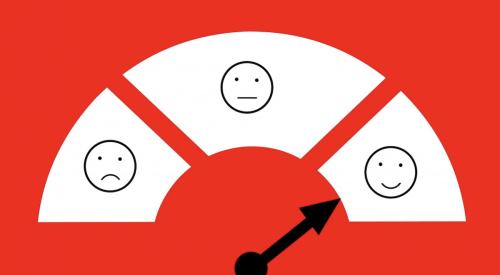|
| By Paul Cardis, Avid Ratings |
Once again the major research powerhouse releases its home builder rankings. In fact, for the past 13 years, rankings of builders' customer satisfaction have been made public in most of the major markets throughout the U.S. and Canada. At the center of everyone's questioning is whether a builder can cajole customers into giving a high ranking. We found that attempts to influence homeowners into giving a positive response have little impact on raising scores.
However, some companies put so much emphasis on surveys that customers feel coerced into providing a false high rating. It's not uncommon for an employee to instruct the buyer, "If there's any reason you can't give us all 10's, let me know before filling it out so that we can make things better." Some are so bold as to mention how their bonus or other incentive depends on high marks. This is what we call survey influence, an attempt to coerce customers into giving false positive survey results.
|
Attempts to influence a positive response have little impact on raising scores. |
Perhaps it's a necessary practice that we self-promote for high scores with our customers and even campaign for better ratings. Politicians often go door to door to get out the vote, so what's wrong with businesses campaigning for top ratings? At first this sounded reasonable to me. However, a client experience gave me doubt.
The president of a major home-building company called me up one day and said, "Paul, I think you have a major problem in your survey. Our scores in every category are near the best in the country. We have no major low spots in our data. And, yet, our 'recommend to friend' scores are stuck at the 89 percent level." Then he said, "We even go door to door and tell them how to fill the darn thing out."
It was at that moment that I discovered why he was hitting a glass ceiling: his team was campaigning for positive responses, but it actually hurt their scores. When they stopped campaigning, their scores improved.
Our data over eight years clearly indicates two zones of performance: survey awareness and survey influence.
Some "survey talk" has a positive effect. But how much is too much? Imagine a graph that charts the intensity of survey talk with buyers' favorable ratings. As survey talk increases, ratings begin to improve. But at some point, ratings fall. The area between these two points is what we call the Zone of Awareness, and this is where every builder wants to be. To be outside this zone means you're in the Zone of Influence, and that is not good. Scores in this area are lower than if you didn't say anything at all!
We live in a heightened customer satisfaction world that encourages this kind of employee behavior. Stay vigilant with your team to make sure it doesn't negatively affect your results.
| Author Information |
| Paul Cardis is CEO of Avid Ratings, a research and consulting firm specializing in customer satisfaction for the home-building industry. You can reach him at paul.cardis@avidratings.com. |
|











